In this second part we look at OPEC production cuts for January 2017 in the context of historical production using JODI data.
OPEC is very fond of JODI, the Joint Oil Data Initiative
OPEC-JODI meeting in Algiers, September 2016
Press Release Meeting of Heads of JODI Partner Organisations
26 September 2016: Algiers
JODI partners agreed to continue improving the quality, reliability and timeliness of JODI data.
They also discussed progress made to increase JODI visibility and welcomed efforts to extend JODI’s geographic reach and improve data transparency of other energy sources such as coal. In this regard, they welcomed further cooperation with AFREC in the future
Saudi Arabia
Around 42% of the 1,254 Kb/d cut (excluding Iran) is to come from Saudi Arabia
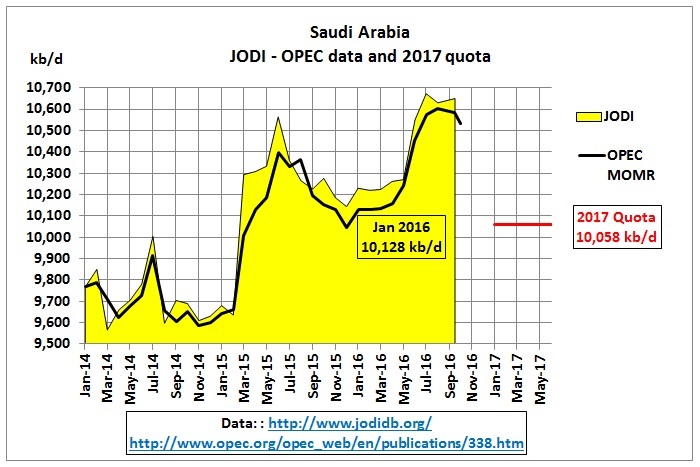
Fig 5: Saudi Arabia’s crude production form Jodi and OPEC’s MOMR
We can see that the Jan 2017 level was set slightly lower than the Jan 2016 level, There are huge seasonal fluctuations in production due to direct fuel burn for air-conditioning, as shown in this IEA graph:

Fig 6: Saudi implied crude oil burn for air-conditioning 500 kb/d higher in summer
This means the problem will not come in January 2017 but around May when the hot summer starts. Maybe that’s why the agreement is limited for 6 months. As a historic reminder, in May 2008, this additional demand coincided with China’s extra demand for the Olympic Games, driving oil prices to $147/barrel (Oilympic peak).
United Arab Emirates
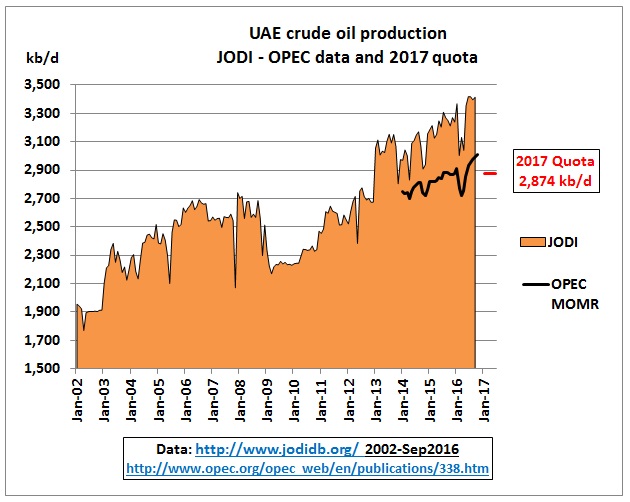
Fig 7: UAE crude production and 2017 quota
The 2017 quota for UAE is the OPEC production level of July – December 2015. JODI data are much higher than OPEC’s data.
Kuwait
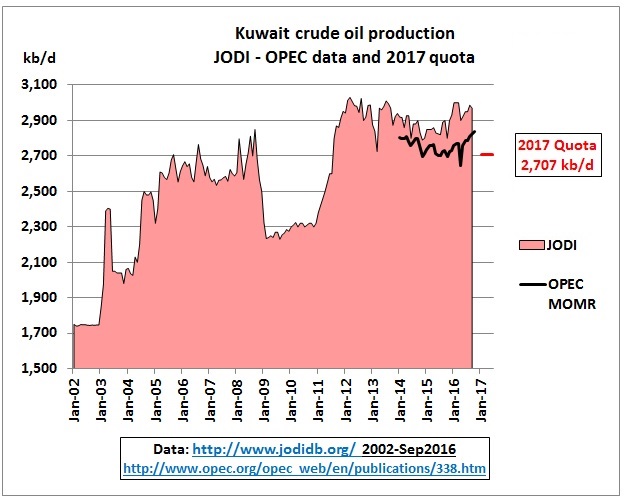
Fig 8: Kuwait crude production and 2017 quota
The 2017 quota for Kuwait is the OPEC production level during the same time last year. Again, JODI data are much higher than OPEC’s data.
Iraq
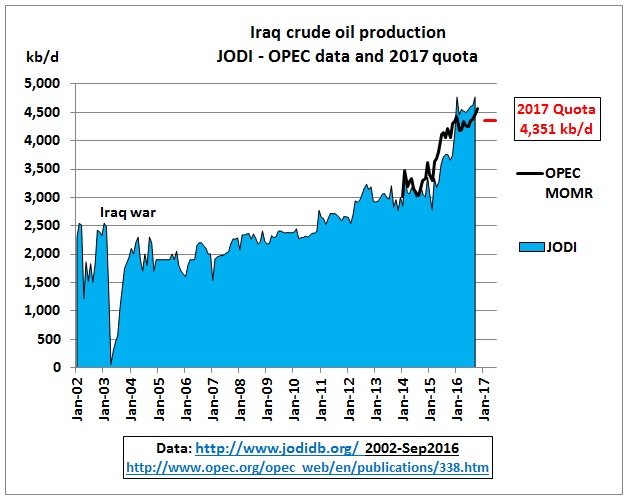
Fig 9: Iraq crude production and 2017 quota
Iraq’s 2017 quota is practically the average of the last 12 months.
Venezuela

Fig 10: Venezuela crude production and 2017 quota
Venezuela’s 2017 quota has been set to where production would go anyway, if current trends continue.
The above countries account for 85% of all cuts. Here comes the rest:
Algeria, Angola, Qatar, Ecuador
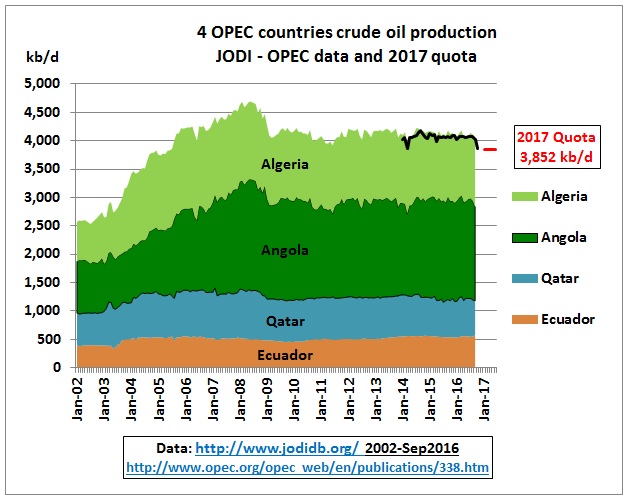
Fig 11: Algeria, Angola, Qatar, Ecuador and 2017 quota
Production in this group peaked in 2008 but is fairly flat since 2009 at around 4,100 kb/d. More recently, since mid 2014, production has dropped by a very modest 100 kb/d to a little over 4 mb/d. The quota is 96% of that.
Note that for these 4 countries OPEC and JODI data are pretty close.
Iran
Iran is a special case because of the sanctions.
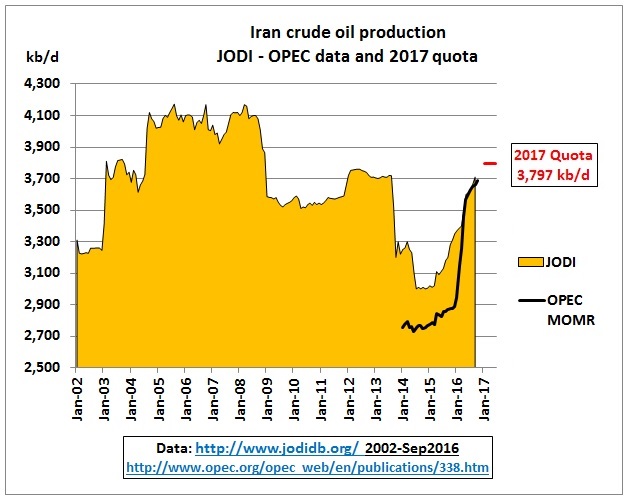
Fig 12: Iran crude production and 2017 quota
Iran’s 2017 quota was set a little bit higher than the pre-sanction level, 107 Kb/d higher than in October 2016. Note the substantial difference between JODI and OPEC data for 2014/15.
All together now
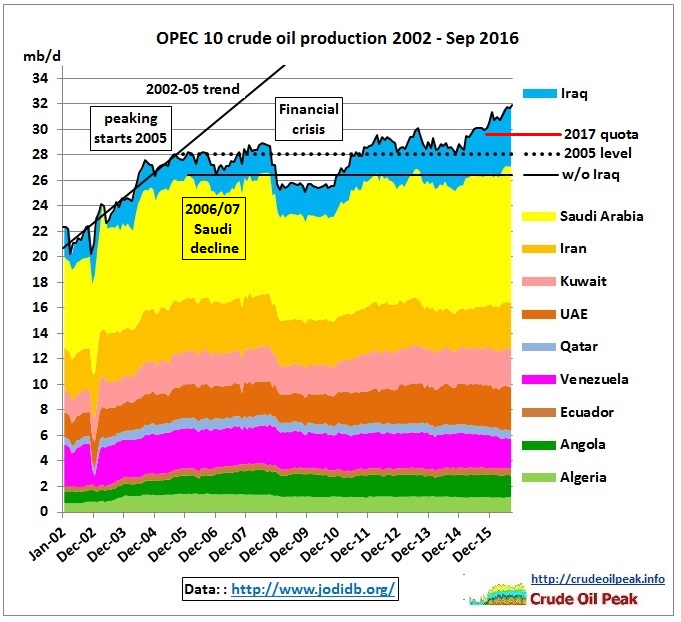
Fig 13: OPEC 10 production levels and 2017 quota
Production growth between 2002 and 2005 could not be maintained after 2005 despite assumed oil reserves >700 Gb. In fact, Saudi production declined in 2006/07 which resulted in oil prices going up. This caused the US recession end 2007. The main increase in crude production since then took place in Iraq. That was G.W. Bush’s objective but the incremental production came too late and we know why.
The 2017 quota level is just 1.5 mb/d higher than the maximum achieved in 2005.
Conclusion
The 2017 cuts will put a further dent into OPEC’s production profile. Conspiracy theorists will now argue that the quotas are designed to cover up peak oil in OPEC. That would guarantee “interesting times”
Related post:
8/12/2016
OPEC’s 2017 production cuts: a confusing numbers game (part 1)
http://crudeoilpeak.info/opecs-2017-production-cuts-a-confusing-numbers-game-part-1